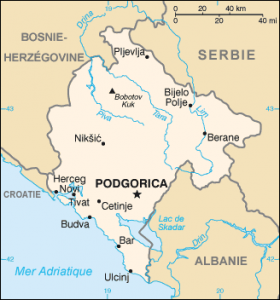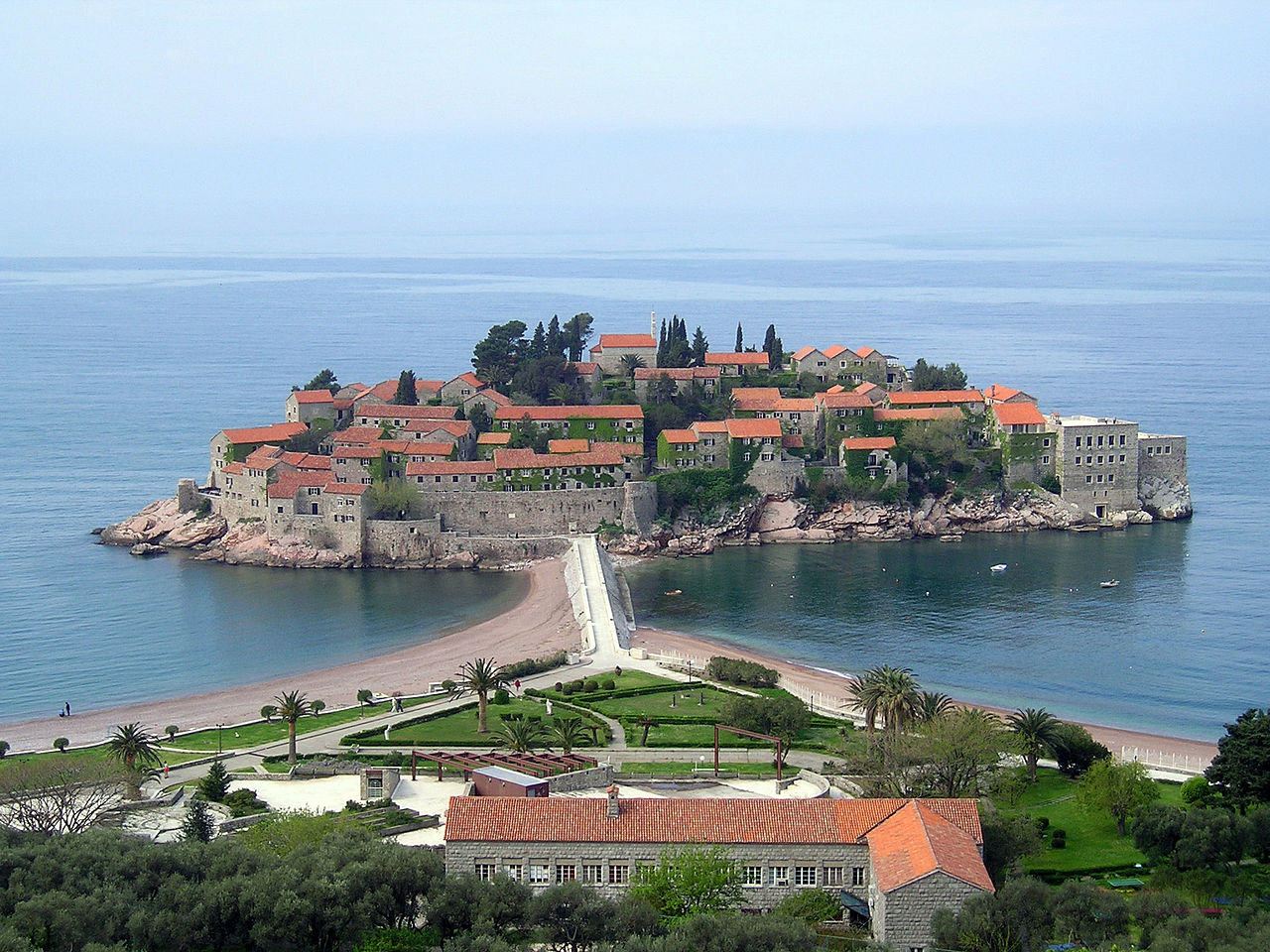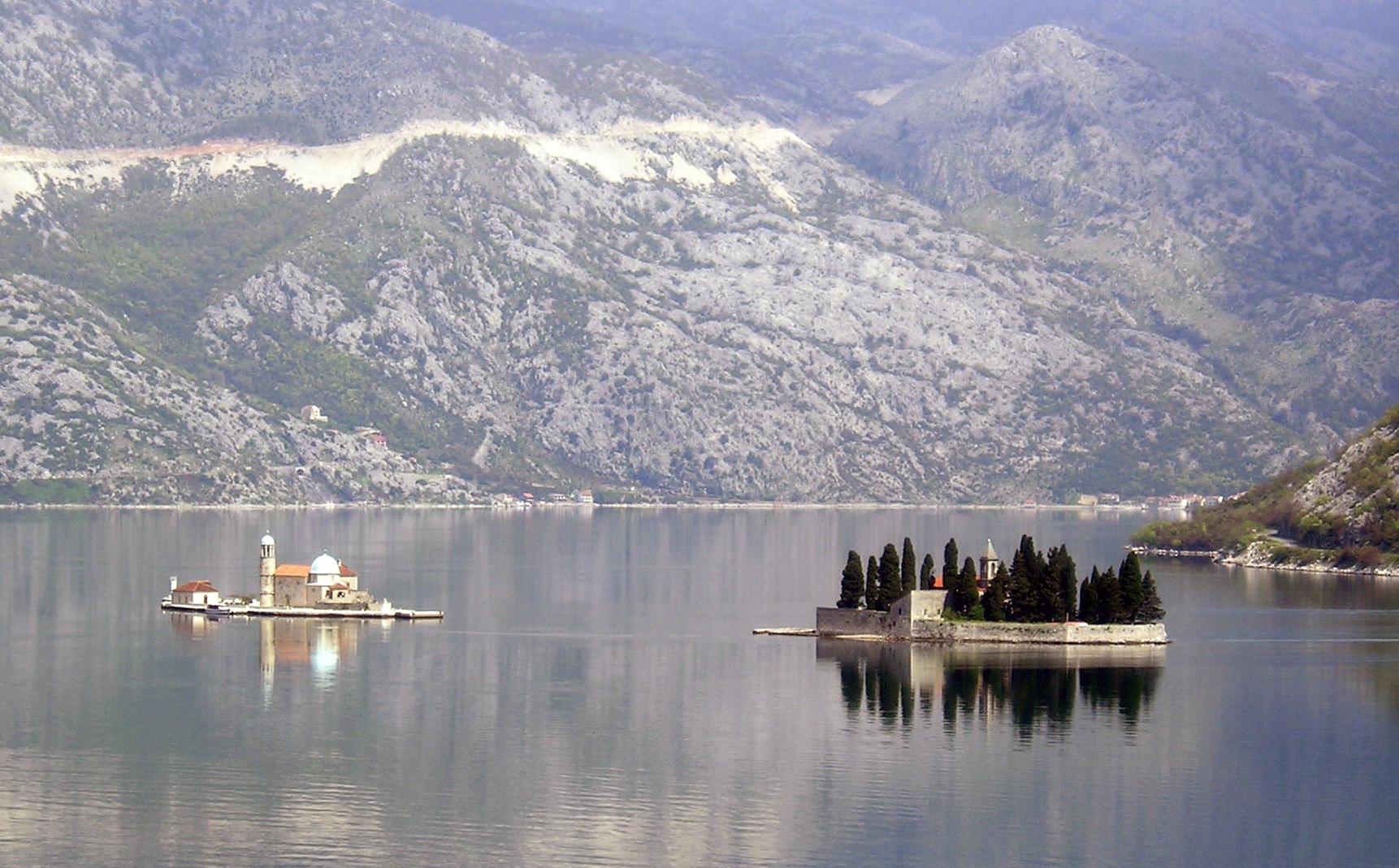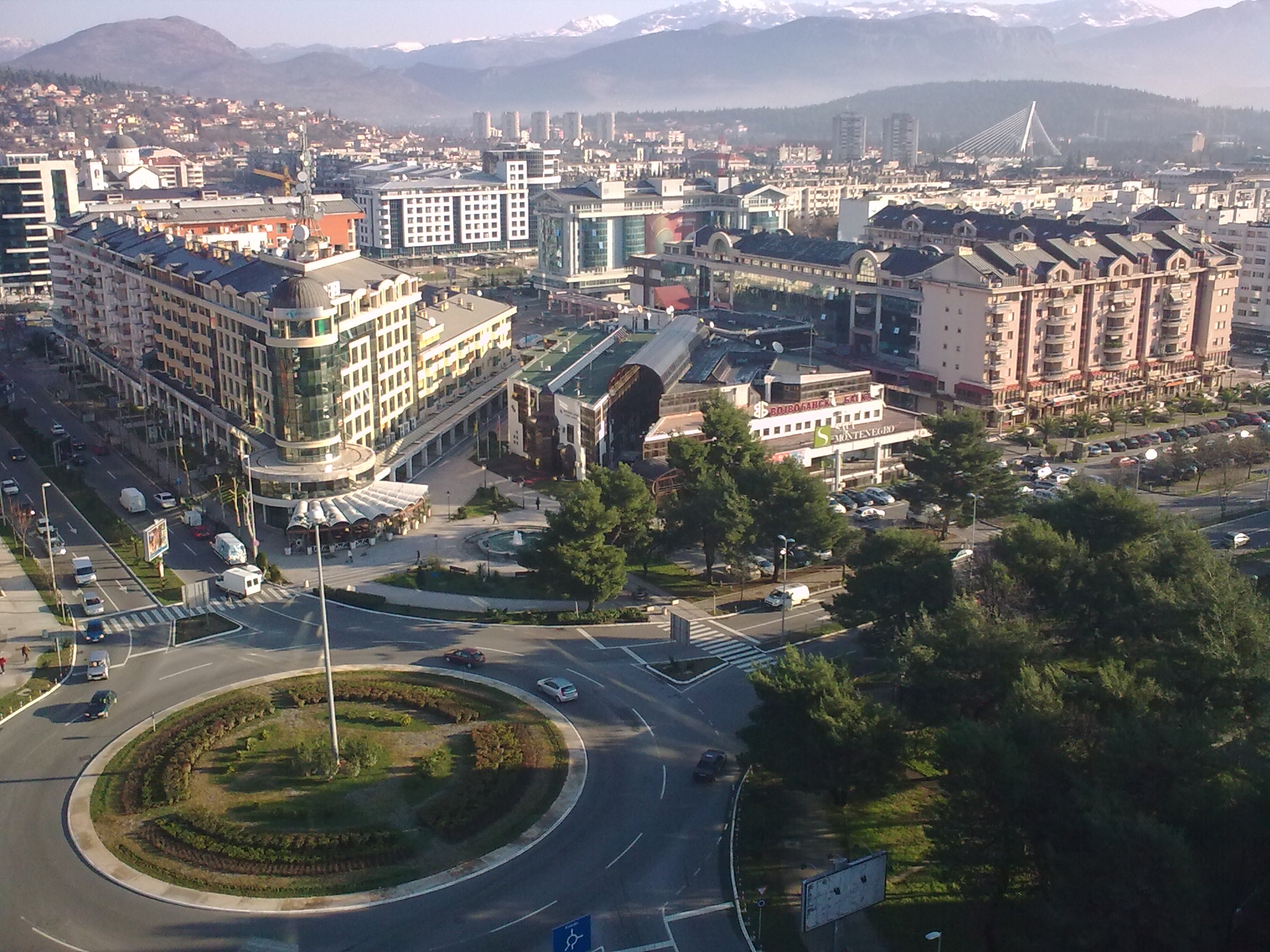Montenegro March 11, 2020 Adriatic , Adriatic Sea , Balkan peninsula , Balkans , Bouches de Kotor , Budva , Cetinje , Crna Gora , Euro zone , Europe , karst , Lac de Shkodra , Lac de Skadar , Mediterranean Sea , Montenegro , mountains , NATO , North Atlantic Treaty Organization , Organisation pour la sécurité et la coopération en Europe , OSCE , Podgorica , Serbia , South Europe , Titograd , tourism , Union for the Mediterranean , Yugoslavia , Црна Гора Official name Montenegro Name in local language Crna Gora (sr) ; Црна Гора (sr) Continent Europe Subcontinent Europe (outside the European Union) Population (ranking: 175e ) 622,359 inhabitants (2018) Population growth 0.00 % / year Area 13,812 km² Density 45.06 inhabitants / km² GDP (ranking: 174e )5.452 billions $USD (2018) GDP/capita (ranking ) 8,761 $USD (2018) GDP growth 4.90 % / year (2018) Life expectancy (ranking ) 76.80 years (2018) Birth rate 12.20 ‰ (2016) Fertility rate 1.80 children / woman (2016) Death rate (ranking ) 10.40 ‰ (2016) Infant mortality rate (ranking ) 3.40 ‰ (2016) Literacy rate 99.15 % (2015) Official languages Montenegrin Currency Euro (€ EUR) HDI (ranking: 76e )0.816 / 1 (2018) EPI (ranking )61.33 (2018) Government Unitary dominant-party parliamentary constitutional republic Head of State President Milo Đukanović National Day 21 May (independence of 2006) ISO Codes ME, MNE Demonym Montenegrin Tourists (ranking ) 1,877,212 people (2017)
Montenegro is a Balkan country located in Southern Europe, bordered by the Adriatic Sea and bordering Croatia , Bosnia and Herzegovina , Serbia , Kosovo and Albania .
Sveti Stefan, near Budva, Montenegro. Photo: LeCardinal Independent since June 4, 2006, Montenegro has invented a future outside Serbia, to which it belonged until then. Despite the poverty that affects a large number of inhabitants, the country’s economy has assets: aluminum, mining, tourism and agri-food. Tourism has been growing strongly in recent years, with the Adriatic coast experiencing a particularly favorable climate throughout the year.
Small islands in the Mouths of Kotor, Montenegro. Photo: LeCardinal Podgorica, capitale of Montenegro. Photo: Nije bitno Urban areas (2017) Urban areas Population Podgorica 197,429 inhabitants Nikšić 55,516 inhabitants
Administrative divisions Municipalities (Opština) Population Area Andrijevica 4,942 inhabitants 283 km² Bar 43,522 inhabitants 598 km² Berane 27,513 inhabitants 544 km² Bijelo Polje 44,012 inhabitants 924 km² Budva 20,575 inhabitants 122 km² Cetinje 15,837 inhabitants 899 km² Danilovgrad 18,336 inhabitants 501 km² Gusinje 3,985 inhabitants 486 km² Herceg Novi 30,690 inhabitants 235 km² Kolašin 7,704 inhabitants 897 km² Kotor 22,634 inhabitants 335 km² Mojkovac 8,057 inhabitants 367 km² Nikšić 70,596 inhabitants 2,065 km² Petnjica 5,189 inhabitants 173 km² Plav 8,693 inhabitants 486 km² Pljevlja 28,586 inhabitants 1,346 km² Plužine 2,800 inhabitants 854 km² Podgorica 195,718 inhabitants 1,399 km² Rožaje 23,180 inhabitants 432 km² Šavnik 1,798 inhabitants 553 km² Tivat 14,572 inhabitants 46 km² Ulcinj 20,098 inhabitants 255 km² Žabljak 3,264 inhabitants 445 km²
See also 




